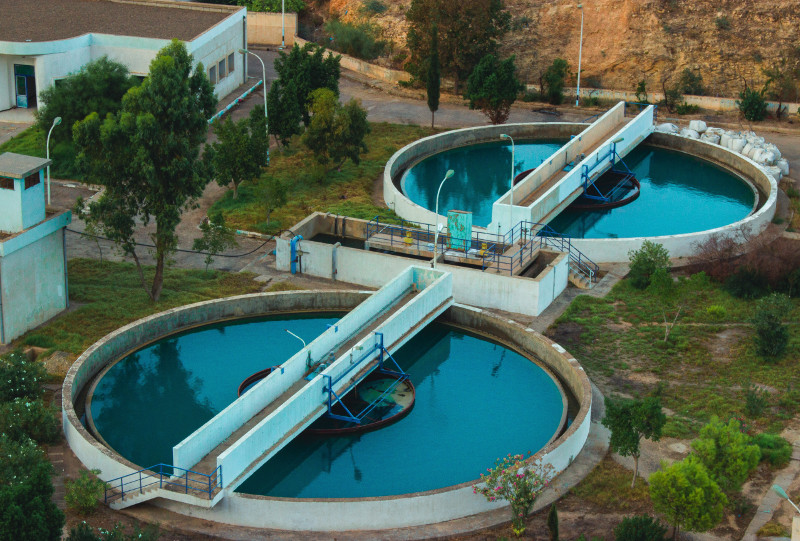| Categories: |
|---|
Estimated reading time: 3 minutes
Current regulation of water quality, based on the statutes they implement, fail to effectively describe the current state of water bodies. There are historical and political reasons for this condition but no excuse to continue as we have for the past almost 60 years. Our understanding of aquatic ecosystems and the development of appropriate statistical models for environmental data provide the means to more effectively regulate water quality to benefit natural ecosystems and human health.
The concept of “health” does not apply to ecosystems, only to individual animals. The water in a secondary treatment ponds at municipal sewage treatment plant is not health for human consumption but is a robust, well-functioning ecosystem for converting sewage into more benign water that can be discharged into a receiving river. Rather than health of ecosystems we should describe them in terms of current condition and desired future condition.
Water quality today is defined by maximum concentration limits of individual chemical constituents. Most often the focus is on toxic metals and organic compounds such as pesticides, but also on multi-component constituents such as total dissolved solids (TDS) and total suspended solids (TSS), visible as turbidity or cloudiness of the water. This is unrealistic, even when there is a list of such constituents because it is very rare for a regulator to consider the entire composition rather than individual components. Consider the human health example of a physician diagnosing a patient’s health based on only temperature or blood pressure.
In aquatic ecosystems every organism found at a specific location and at a specific time is exposed to all the physical and chemical components of the water and not just selected single ones. Basing regulatory decisions on one or a few chemical constituents reveals nothing about the effects of the water on the plants and animals found there. The animals (including freshwater mussels and clams) will move to favorable locations instinctively.
Chemical samples collected for baseline or permit compliance monitoring are snapshots in space and time. The fallacy of this approach was first written by the Greek philosopher Heraclitus (535-547 BCE), “No man ever steps in the same river twice, for it’s not the same river and he’s not the same man.” Taking a single sample and extrapolating to longer times and more places has no scientific support.
Because aquatic animals are mobile and found only where all components of the water body are acceptable to them water quality statutes and regulations should be based on extensive biological data (correctly analyzed) and not on chemical data. (Potable water quality is distinct from general environmental water quality and the latter is the focus of all non-drinking water chemistry.)
There are many examples of Clean Water Act regulatory decisions that are not based on technically sound and legally defensible science and statistics. With climate changing more rapidly and noticeably than in the past, and water resources becoming more unpredictable in the western U.S., changing how water quality is managed has broad benefits politically, economically, environmentally, and societally.
This work was originally published on the Applied Ecosystem Services, LLC web site at https://www.appl-ecosys.com/blog/effective-water-quality-regulations/
It is offered under the terms of the Creative Commons Attribution-NonCommercial-NoDerivatives 4.0 International license. In short, you may copy and redistribute the material in any medium or format as long as you credit Dr. Richard Shepard as the author. You may not use the material for commercial purposes, and you may not distribute modified versions.


